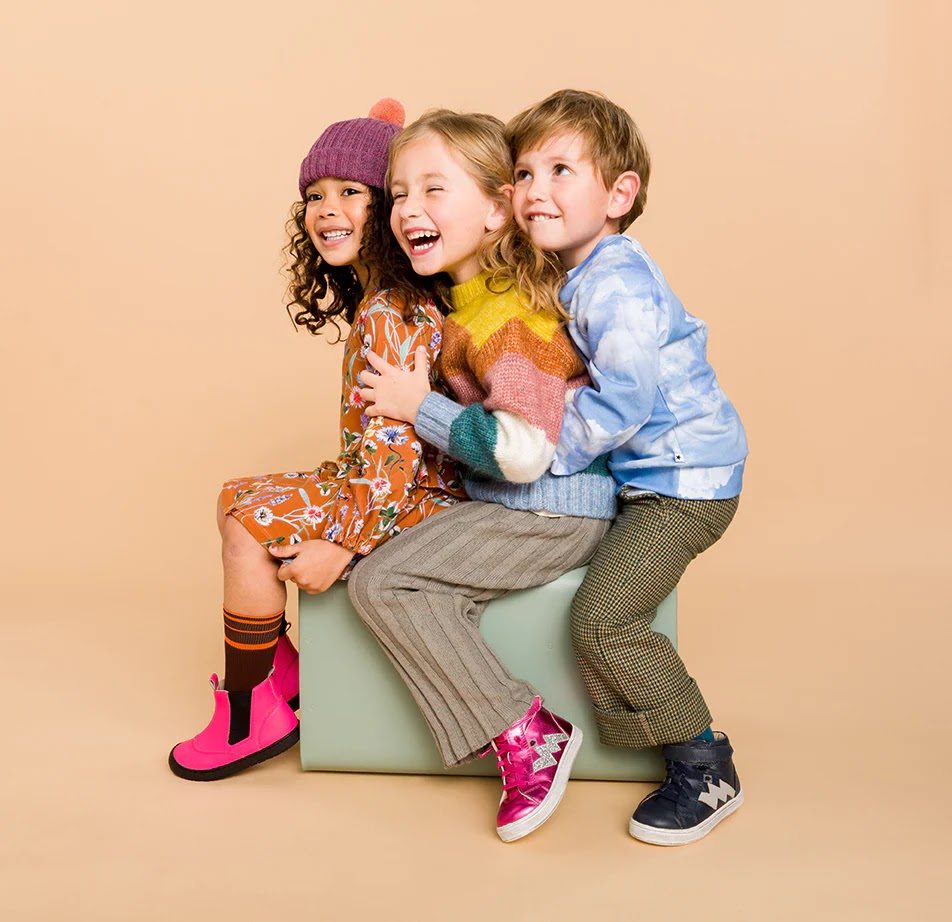The Ultimate Guide to Baby Shoes: Choosing the Perfect Baby Walking Shoes, Baby Girl Shoes, and Baby Boy Shoes
Introduction
Every parent wants their baby to grow happy and healthy. That starts with choosing the right footwear. Proper baby shoes support tiny feet during their first steps and beyond. They help prevent common foot problems and boost your child's confidence. Picking shoes isn’t just about looks; it’s about comfort, safety, and growth. Understanding what to look for makes all the difference in helping your little one develop naturally.
Understanding Baby Shoe Basics
The Importance of Baby Shoes for Development
Baby shoes are more than cute accessories. They play a big role in supporting healthy foot growth. When babies learn to walk, their feet are fragile. Shoes help protect those tiny toes and keep their feet aligned. Experts, like pediatric podiatrists, warn that poorly fitting shoes can cause gait issues and foot deformities later. That’s why a good fit at the start sets a strong foundation.
Key Features of Baby Shoes
Look for shoes that are soft, flexible, and breathable. These features match a baby’s delicate feet perfectly. Proper sizing is crucial—shoes should fit snugly but not squeeze. Materials like natural leather and quality fabric are best for safety and comfort. Avoid stiff shoes with heavy soles, which can restrict movement and cause discomfort.
When to Start Wearing Baby Shoes
Most babies are ready to wear shoes when they start standing or taking their first steps, usually around 9 to 12 months. Before that, socks or barefoot play is best. Transitioning from socks to shoes gradually helps babies get used to the feel of footwear. Keep an eye on their milestones, and only size up shoes as their feet grow.
Choosing the Best Baby Walking Shoes
Essential Features of Baby Walking Shoes
Look for shoes with sturdy, flexible soles that bend easily underfoot. Supportive heel counters help keep the foot aligned when baby starts to walk. Lightweight shoes reduce fatigue, making walking easier. Non-slip soles are vital to prevent falls on smooth floors or outdoor surfaces.
Size and Fit Considerations
Always measure your baby’s feet accurately. Use a ruler or foot-measuring device and check size charts online. Leave about a thumb’s width space in the toe area—enough for growth but not too loose. Signs of ill-fitting shoes include pinched toes, red spots, or shoes that feel loose. Regularly check fit every few months.
Expert and Parent Recommendations
Parents love shoes that balance style and comfort. Many recommend shoes with breathable mesh and supportive arches. Pediatric experts advise choosing shoes that promote natural foot movement. Feedback highlights durable soles and easy-to-slip-on features as favorites.
Selecting Baby Girl Shoes
Styles and Designs for Baby Girls
Baby girl shoes come in many charming styles. Ballet flats, sandals, and sneakers are popular choices.For summer, breathable sandals with straps keep tiny feet cool. During colder months, cozy boots or insulated sneakers are perfect. Embellishments like bows, flowers, or sparkles add a fun touch.
Material and Comfort Tips
Soft fabrics like cotton or leather make shoes gentle on delicate skin. Proper support is key but shouldn’t come at the cost of style. Look for shoes with flexible soles and cushioned insoles for maximum comfort. Orthopedic features, like arch support, are helpful to ensure healthy foot development.
Popular Brands and Trends
Brands like Oldsoles focus on style and quality. Classic designs remain timeless, but trends include eco-friendly and sustainable materials. Fashion-forward parents love shoes that match outfits while supporting healthy growth. Choose shoes that can transition from casual to special occasions with ease.
Care and Maintenance
Keep baby shoes clean by wiping with a damp cloth. Store shoes in a dry, cool place to hold their shape. Regular cleaning prolongs their lifespan and keeps feet healthy. Avoid tossing shoes into the laundry — gentle hand washing is best.
Selecting Baby Boy Shoes
Styles and Designs for Baby Boys
Popular choices include loafers, sneakers, and soft booties. For active babies, lightweight and flexible sneakers work best. Waterproof or insulated shoes are great for rainy or cold days. Fun designs, like sports themes or animal motifs, add a playful touch.
Material and Comfort Tips
Look for shoes made from durable fabrics such as leather, mesh, or rubber. They should be soft enough for quick movements but sturdy enough to withstand play. An optimal fit means enough room for movement without excess space. Breaking in new shoes gradually helps prevent discomfort and blisters.
Tips for Introducing New Shoes
Introduce new shoes gradually—let your baby wear them for short periods first. Make sure they feel comfortable and don’t cause any rubbing or blisters. Use shoes to encourage walking confidence by letting your little one practice safely. Watch for signs of discomfort and switch shoes if necessary.
Conclusion
Choosing the right Baby mesh shoes involves more than just looks. Proper fit, support, and safety are essential for your baby’s foot health. Regularly measure their feet as they grow, and don’t be afraid to ask experts for help. Select footwear that promotes natural movement while being comfortable and stylish. With the right shoes, your baby will step into the world confidently, healthy, and happy. Focus on quality, support, and fit, and every step will be a step toward healthy growth.







Comments
Post a Comment